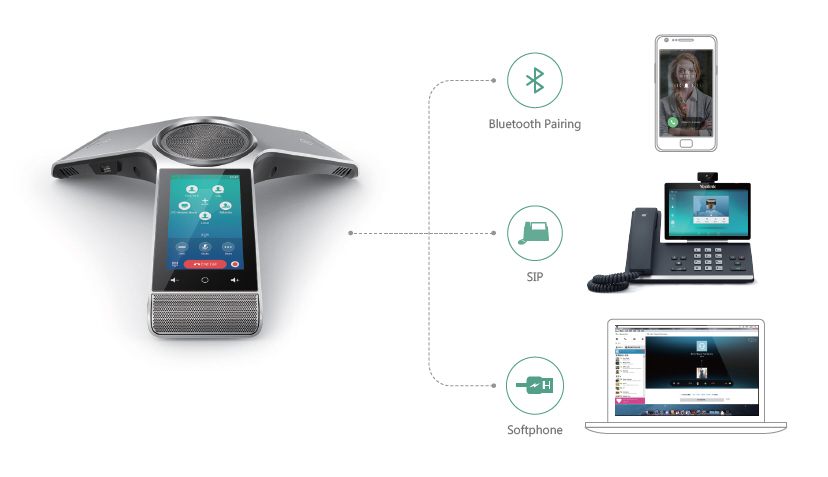In today's digital world, communication has evolved significantly. With the rise of VoIP phone service, people can connect over the internet instead of traditional phone lines. However, this innovation often comes with challenges, particularly for users in low-bandwidth zones. If you’ve ever experienced choppy calls or garbled VoIP Phone Service audio, you know how frustrating that can be. Fear not! In this article, we will explore effective strategies to enhance voice clarity for users navigating the murky waters of limited bandwidth.
Understanding Low-Bandwidth Zones
What Are Low-Bandwidth Zones?
Low-bandwidth zones refer to areas where internet speed is slow or unstable. These regions may be rural or urban but are characterized by limited capacity to transmit data effectively. Consequently, VoIP phone service users often face issues like latency and packet loss, which can severely impact voice clarity.
Why Does Bandwidth Matter for VoIP?
Bandwidth is essentially the volume of information that can be transmitted over an internet connection in a given period. For VoIP services, higher bandwidth means clearer calls because more data packets can be sent and received without delay. In low-bandwidth environments, however, voice data may become fragmented or delayed, leading to poor audio quality.
Enhancing Voice Clarity: Tips for Users in Low-Bandwidth Zones
Optimize Your Internet Connection
Check Your Current Bandwidth
Before diving into solutions, it's helpful to know your current bandwidth. You can use online tools like Speedtest.net to gauge your upload and download speeds. If your results are below the recommended levels for VoIP (typically at least 100 kbps up and down), it’s time for tweaks.

Use Wired Connections When Possible
Wireless connections are convenient but often less stable than wired ones. Using an Ethernet cable to connect directly to your router may improve voice clarity significantly by reducing interference and increasing reliability.
Limit Other Internet Usage
If you're sharing your connection with others—be it family members streaming movies or kids playing online games—they could be hogging precious bandwidth. Try scheduling important calls during off-peak hours or politely ask others to minimize their usage during calls.
Configure Your VoIP Settings
Adjust Quality Settings
Many VoIP services allow you to adjust settings such as codec selection and bandwidth management features. Choose a codec that requires less bandwidth while still maintaining decent audio quality; options like G729 or Opus might work well in low-bandwidth situations.
Enable Quality of Service (QoS)
QoS settings on your router prioritize VoIP traffic over other types of data transmission, ensuring that voice packets have a smoother ride through the network. Consult your router's manual on how to enable QoS effectively.
Use Hardware Wisely
Invest in a Good Quality Headset
The type of headset you use can dramatically impact audio quality. Look for headsets designed specifically for VoIP calls; these often come equipped with noise-canceling microphones that filter out background sounds and enhance speech clarity.
Consider Upgrading Your Router
If you've had your router for several years, it might be time for an upgrade. Modern routers offer better performance and features that enhance connectivity stability—especially when multiple devices are connected simultaneously.
Leverage Software Solutions
Use Noise-Cancellation Apps
Some applications provide additional noise-cancellation features that further enhance call clarity by filtering out unwanted ambient noise from both ends of the conversation.
Update Your Software Regularly
Keeping software updated ensures you have the latest features and bug fixes that could improve call performance. Check regularly for updates on both your VoIP application and device operating system.
Engage in Best Practices During Calls
Speak Clearly and Slowly
When you're in a low-bandwidth zone, speaking clearly becomes even more critical. Slow down your speech slightly to give the technology a better chance to capture every word accurately.
Use Visual Aids When Needed
Sometimes words alone aren’t enough—if you're discussing complex topics, consider using visual aids like shared documents or screen-sharing tools alongside your call to enhance understanding despite any audio hiccups.

Troubleshooting Common Issues
What if My Calls Keep Dropping?
If you're experiencing dropped calls frequently:
Check your internet connection. Reboot your router. Ensure no heavy downloads are occurring during calls. Consider switching to a different calling app known for better performance under low bandwidth conditions.
How Can I Improve Call Clarity On Mobile Devices?
For mobile VoIP users facing low-bandwidth issues:
Switch from cellular data to Wi-Fi if available. Close background apps consuming resources. Move closer to your Wi-Fi router for improved signal strength.Common FAQs About Enhancing Voice Clarity
1. What is the ideal internet speed required for clear VoIP calls?
A minimum of 100 kbps upload and download speed is generally recommended for optimal VoIP performance without interruptions.

2. How does latency affect my call quality?
Latency refers to delays in data transmission; higher latency results in noticeable lag between speakers during a conversation, which can hinder communication flow.
3. Is there any way to test if my configuration is optimal?
Yes! Many VoIP services provide diagnostic tools within their app settings that give insights into network performance metrics specific to call quality.
4. Do all routers support QoS settings?
Not all routers have QoS capabilities; however, many modern models do include this feature either inherently or through firmware updates—check your user manual!
5. Can using Bluetooth headphones affect call clarity?
While convenient, Bluetooth connections may introduce slight latency compared to wired options which could impact overall audio clarity during conversations—opt for wired when possible especially under low bandwidth conditions!
6: Should I switch providers if my current service fails consistently in low-bandwidth areas?
You might want to consider alternatives! Some VoIP providers specialize in optimizing services specifically designed around lower-bandwidth scenarios—research thoroughly before making changes!
Conclusion
Navigating the challenges posed by low-bandwidth zones doesn't have to spell disaster for clear communication via VoIP phone service! By implementing some simple yet effective strategies—from optimizing connections and hardware choices down to best practices during calls—you can significantly enhance voice clarity despite technological limitations lurking around every corner!
So next time you find yourself grappling with connectivity issues while trying desperately not just to communicate but also truly connect, remember these tips! By taking proactive measures now rather than waiting until problems arise again later on down the line—you’ll ensure seamless conversations ahead no matter where life takes you!